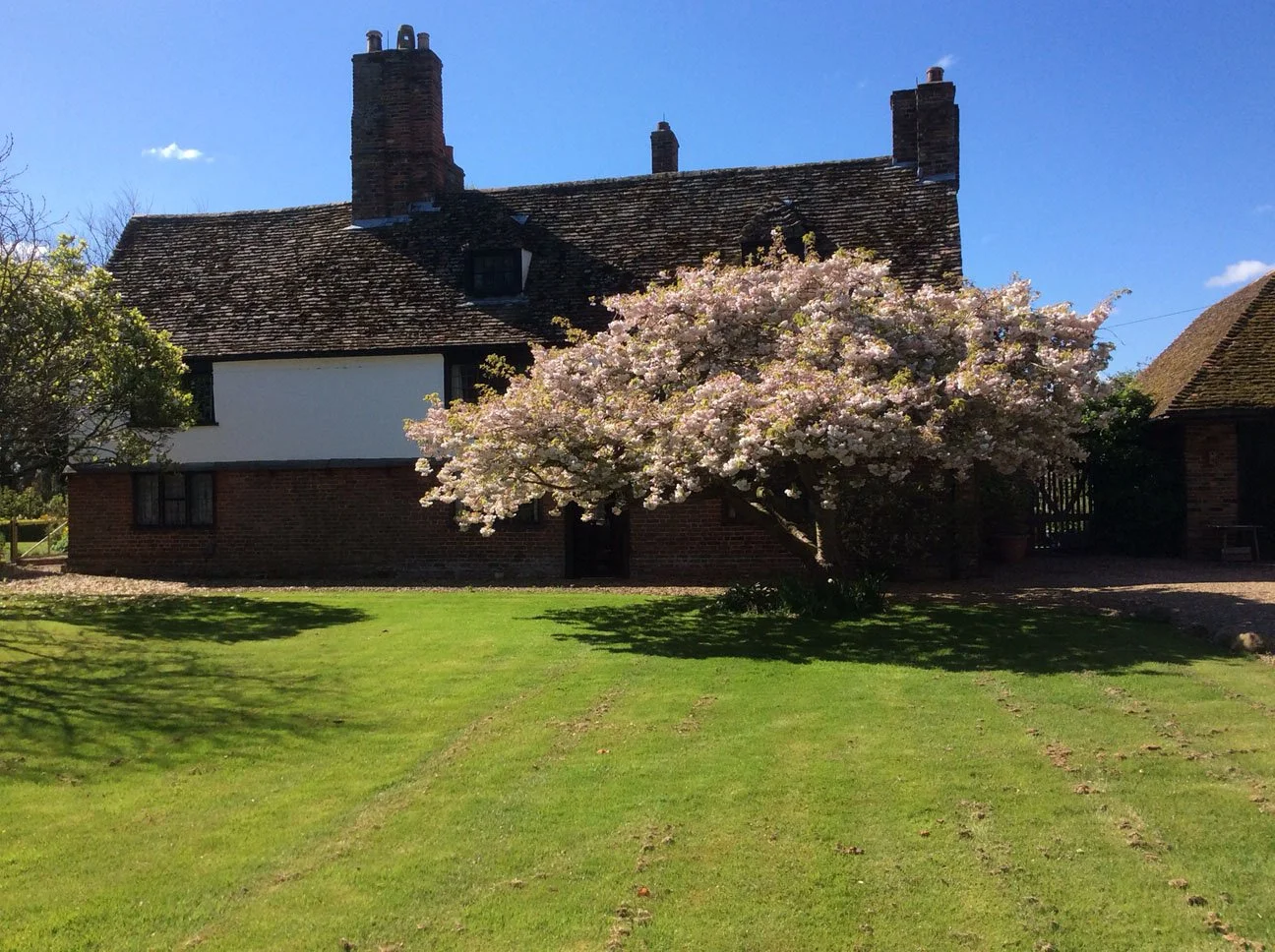Walking Pepys’s London – Jacky Colliss Harvey/Haus Publishing Ltd
[1] Pepys Library, Grand View / ©HeritagePhotographs.com
This book is similar to the previous one inasmuch as both are based upon the writings of well-known writers, Dickens and Pepys, which described walks they had made around London in their lifetimes - in Dickens’s case from his writings as a journalist before he started writing novels; in Pepys case from extracts in his diary. However, the former is purely a selection of essays by Dickens containing descriptions of the places and people he encountered during his walks through the city in the mid 19th century; with Harvey’s book selections have been made from Pepys diary and walks devised from them which any reader can walk today (maps are included). Apart from these two publications Dickens and Pepys were completely different writers; the former wrote in the mid-19th C. and Pepys in the mid-17th C. Dickens wrote for publication, first journalism and then novels; Pepys wrote a diary over the course of ten years(1660-1670)which involved considerable amount of work and covered major events -the restoration of the monarchy, the plague, fire of London and the attack on the British fleet by the Dutch in the Medway which led to the destruction and capture of several British vessels and to Pepys’s appointment as Secretary to the Navy, a position in which he was instrumental in rebuilding the British fleet. It also includes much about his personal life including his wife and servants, the many important figures he met and at the end he writes of the sorrow of finishing this prodigious work. It is doubtful whether he ever intended it to be published and the complete version was only realised during the late 20th century as well as a shorter version. Several biographies of Pepys have also been published of which I will mention Claire Tomalin’s Samuel Pepys: The Unequalled Self which Harvey describes as ‘both guide and inspiration.’
The book is divided into 5 walks and as Jacky Harvey writes: ‘the aim of this book is to acquaint the reader with London as it was lived in Pepys’s day from the pavement up, and as her streets were experienced by Pepys himself. Pepys was a prodigious walker. The two -and-a -half miles to Whitehall from his house in Seething Lane were accomplished on an almost daily basis, and so many of his conversations took place while walking with a confidante or patron that the streets became for him an alternative to his office... But Pepys also walked because he liked to walk’: ‘Young Mitchell (the son of one of Pepys regular booksellers) and I, it being an excellent frosty day to walk, did walk out,’ he writes on 6th January 1667 and continues:
‘…he showing me ...all along Thames Street, where I did view several places, and so up by London Wall, by Blackfriars, to Ludgate; and thence to Bridewall, which I find to have been heretofore an extraordinary good house, and a fine coming to it, before the house by the bridge was built...’
[2] Pepys House Trust
Here is an excerpt from Jacky Harvey’s Walk 1- From Westminster to the City:
‘As you re-enter Fleet Street, you will see in front of you C. Hoare & Co., the UK’s oldest privately owned bank from the 1680s onward…but in the 1660s what is now C. Hoare & Co. was the site of the Mitre Tavern. Pepys was boozing here with Captain Philip Holland on 18th February 1660:
‘...he took me to the Mitre in Fleet Street, …here we parted and I to Mr. Wotton’s , and with him to an alehouse and drank while he told me a great many stories of comedies that he had formerly seen acted, and the names of the principal actors, and gave me a very good account of it.’
On 10th December 1660, Pepys was in the city and just around the corner from the George & Vulture public house is St. Michael’s Alley, and what Pepys refers to as ‘the first Coffee House in Cornhill,’ was actually the first coffee -house in London:
‘…in the evening to the Coffee-House in Cornhill, the first time that ever I was there, and I found much pleasure in it, through the diversity of company and discourse.’
As Jacky Harvey says in the conclusion to her introduction, ‘What further sets Pepys apart as a chronicler is that in linking writers and places one must so often allow for artistic licence...but there is none of that Pepys. These are the real locations of his life; this is exactly what he saw happening to himself in them, and through the Diary we revisit these places with him as our guide. …Just as in Hogarth’s paintings, with Pepys, everything is happening, all at once and everywhere.’
This enjoyable book is not only a good introduction to several fine walks but also to Pepys himself, and his diary.
I would like to thank Sara Rawlinson of Heritage Photographs for the photograph of Pepys Library, Grand View and Paul Gray, Chairman of Pepys House Trust for the photograph of Pepys House:
1. Pepys Library, Grand View - in July 1724, after Pepys’s death, the library of 3000 leather-bound books was transferred from Clapham to Magdalene College, Cambridge, together with the book-cases. The six volumes of the diary were among them.
2. Pepys House: in 1644 the 11 year old Pepys was sent from London by his family to stay with his uncle Robert who lived in a house in Brampton near Hinchingbrook so that he could attend Huntingdon School, and also avoid the plague. The house is still standing, still with a large garden and surrounded by open fields.

